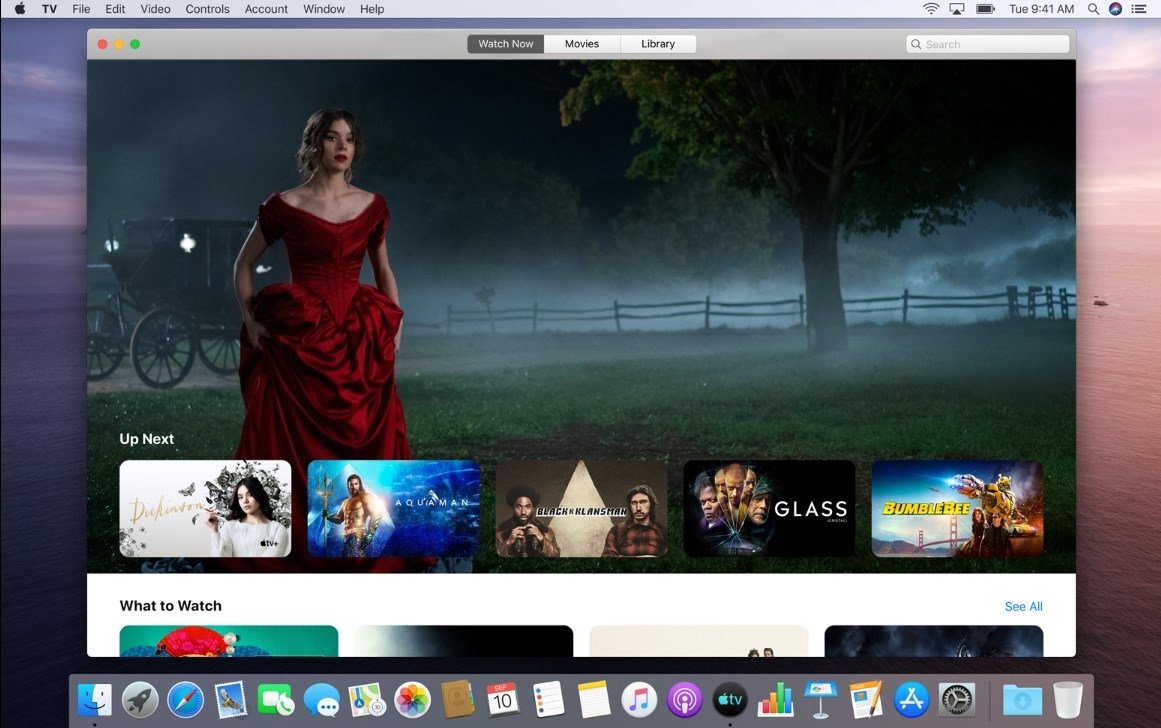Apple advises that macOS Mojave will run on the following Macs: Mac models from 2012 or later. Running Big Sur on another macOS on an unsupported Mac may also be considered against Apple's.
- Mojave Patcher Tool
- Macos 10.14 Mojave On Unsupported Macs
- Mojave Patch
- Install Macos Mojave Unsupported Mac
Important Notes:
- Using APFS is REQUIRED in Mojave in order to receive system updates via the normal Software Update method. If you choose to continue using macOS Extended (Journaled) as your filesystem type, you will NOT receive System Updates via System Preferences. If you are not using APFS, you can follow the 10.14.1 installation steps below.
- After applying ANY system update via Software Update, re-applying post-install patches using your Mojave Patcher installer volume will most likely be necessary. If you install a software update and the system fails to boot afterwards, this is what needs to be done.
Allow the installation to proceed and the relevant patches will be applied to your unsupported Mac automatically. Apple could always release a future update to macOS 10.15 that prevents the. In this video, I go over the process of installing macOS 10.14 Mojave on an unsupported Mac. This entire process involves the use of my 'macOS Mojave Patcher. My test Mac for this project is a late 2008 MacBook Pro with 8 GB of ram and an SSD in place of the spinner hard drive. I don't boot the MacBook Pro more often because I find using two different versions of the macOS on two diffent machines annoying. The perfect reason to try a hack I'd seen which allows running Mojave on some unsupported.

10.14.6
10.14.6 can be updated normally via Software Update if using an APFS volume, and will need to be patched using an installer volume created with Mojave Patcher version 1.3.2 or later after installing.
10.14.5
Mojave Patcher Tool
10.14.5 can be updated normally via Software Update if using an APFS volume, and will need to be patched using an installer volume created with Mojave Patcher version 1.3.1 or later after installing.
10.14.4
10.14.4 adds new changes that ARE NOT patchable by the post-install tool of Mojave Patcher v1.2.3 and older! Before updating to 10.14.4, you you will need to use the latest Mojave Patcher version to create a new installer volume, using the 10.14.4 installer app. Then, update to 10.14.4, either by installing via Software Update, or by just using the installer volume you've created to install.
10.14.3
If you are currently running 10.14.1 or 10.14.2, you can simply use the Software Update pane of System Preferences (if using APFS) to apply the 10.14.3 update. Once the update is installed, you will most likely need to re-apply post-install patches to get the system to boot again. This process is detailed in steps 8 - 10 above. If you are currently running 10.14.0, you'll need to proceed with the 10.14.1 update method described below.
Macos 10.14 Mojave On Unsupported Macs
10.14.2If you are currently running 10.14.1, you can simply use the Software Update pane of System Preferences (if using APFS) to apply the 10.14.2 update. Once the update is installed, you will most likely need to re-apply post-install patches to get the system to boot again. This process is detailed in steps 8 - 10 above. If you are currently running 10.14.0, or are using a non-AFPS volume, you'll need to proceed with the 10.14.1 update method described below.
Mojave Patch
10.14.1/macOS Extended (Journaled) volumes
Install Macos Mojave Unsupported Mac
The Mojave 10.14.1 update does NOT install properly on unsupported machines, and could result in an unbootable OS. If you want to install the 10.14.1 update (and are not currently running 10.14.1), perform the following steps:
• Download the latest version of Mojave Patcher
• Download the installer using the Tools menu of Mojave Patcher
• Create a patched USB installer
• Boot from that, and install 10.14.1 onto the volume containing an older release.
• Once done, apply the post-install patches, and you should now be on 10.14.1.